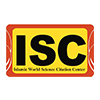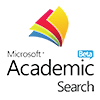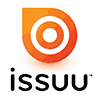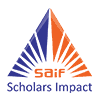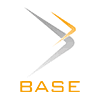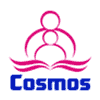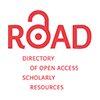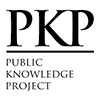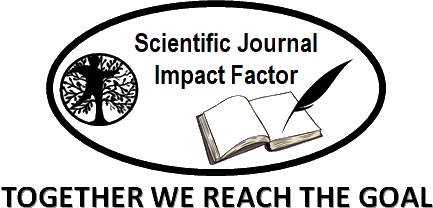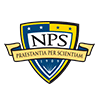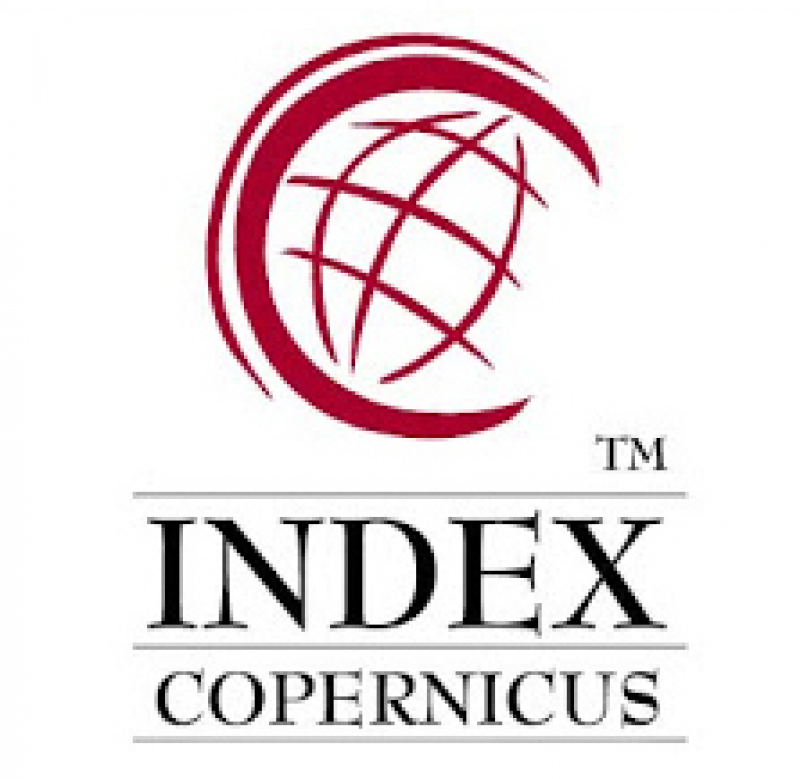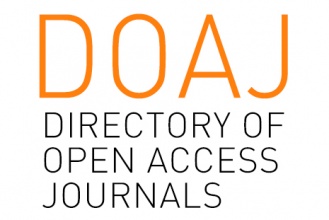Strategies for Revitalizing the Banjar Language in Banjarmasin City
Abstract
Banjar language, as one of the regional languages in South Kalimantan, faces significant challenges in maintaining its existence amid globalization and the dominance of Indonesian and foreign languages. This article examines the importance of revitalizing the Banjar language as part of efforts to preserve the culture and identity of the Banjar community. The study identifies several reasons why the Banjar language needs to be revitalized, including its valuable cultural values and local wisdom. Based on observations, interviews, and surveys, it was found that many Banjar speakers are no longer familiar with traditional vocabulary, with some even hearing certain terms for the first time. Additionally, the phenomenon of language shift is evident through the use of Indonesian and foreign languages in everyday life. Therefore, this article proposes various revitalization strategies, including the implementation of Banjar language as a medium of instruction in primary schools, the integration of Banjar language into local subject lessons, and government support in organizing language festivals to attract the interest of younger generations. By involving the community, supportive educational policies, and public sector support, it is hoped that the revitalization of the Banjar language can be effectively realized, preserving the language and Banjar culture for the future.
Keywords
Full Text:
PDFReferences
References
Crystal, D. (2000). Language death. Cambridge University Press.
Fishman, J. A. (1991). Reversing language shift: Theoretical and empirical foundations of assistance to threatened languages. Multilingual Matters.
Gumperz, J. J. (1982). Discourse strategies. Cambridge University Press.
Holmes, J. (1992). An introduction to sociolinguistics. Longman.
Irawan, M. (2014). Bahasa daerah di Indonesia: Keberagaman dan pemertahanan bahasa minoritas. Jakarta: Balai Bahasa.
Kamariah, L., Hamidah, J., & Krismanti, N. (2020). Penggunaan bahasa daerah dalam sastra: Kajian terhadap Bahasa Banjar. Jurnal Bahasa dan Sastra Indonesia, 15(2), 112-125.
King, K. A. (2001). The revitalization of endangered languages. Multilingual Matters.
Mbete, W. (2009). Bahasa daerah: Peluang dan tantangan dalam pelestarian bahasa. Jakarta: LIPI Press.
Prah, K. K. (2016). The importance of preserving indigenous languages. Language and Culture Journal, 6(1), 10-22. https://doi.org/10.1234/language.2016.005
Sari, R. A., & Putri, A. (2019). Pengaruh media sosial terhadap pergeseran bahasa daerah di Kalimantan. Jurnal Linguistik dan Budaya, 21(3), 45-58.
Sudirman, A., & Sulastri, I. (2018). Revitalisasi bahasa daerah di Indonesia: Konsep, tantangan, dan solusi. Yogyakarta: Pustaka Pelajar.
Zhang, S., & Yang, J. (2015). Language revitalization and preservation in the context of globalization. Global Communication Review, 3(4), 47-63. https://doi.org/10.1007/s13193-015-0137-3
Dahl, T. (2018). Revitalization strategies for endangered languages: A global approach. Linguistic Studies Quarterly, 9(1), 65-82. https://doi.org/10.1079/lsq.2018.004
Heller, M., & Duchêne, A. (2017). Pride and profit: Changing discourses of language, class, and nation. Multilingual Matters.
Krauss, M. (1992). The world’s languages in crisis. Language, 68(1), 4-10. https://doi.org/10.1353/lan.1992.0022
Mühlhäusler, P. (2000). Language of the land: The story of the language and identity in the world. Oxford University Press.
Pérez, J. F. (2016). Linguistic revitalization in indigenous communities: Case studies from South America. Journal of Indigenous Languages, 11(2), 22-40.
Romaine, S. (2006). Endangered languages and the role of education. International Journal of Bilingual Education and Bilingualism, 9(1), 45-64. https://doi.org/10.1080/13670050608668625
Skutnabb-Kangas, T. (2000). Linguistic genocide in education—Or worldwide diversity and human rights?. Lawrence Erlbaum.
Sulastri, I. (2020). Strategi revitalisasi bahasa daerah di Indonesia: Tinjauan dari perspektif kebijakan bahasa. Jurnal Pendidikan Bahasa, 23(2), 151-167.
Wurm, S. A. (2001). Atlas of the world's languages in danger of disappearing. UNESCO.
Yunus, M., & Sulaiman, N. (2017). Language shift in Banjarese: Impact of modern education and social media. Jurnal Bahasa dan Sastra, 14(3), 101-115.
DOI: http://dx.doi.org/10.18415/ijmmu.v11i12.6405
Refbacks
- There are currently no refbacks.
Copyright (c) 2024 International Journal of Multicultural and Multireligious Understanding

This work is licensed under a Creative Commons Attribution-NonCommercial-NoDerivatives 4.0 International License.
https://ijmmu.com
editor@ijmmu.com
facebook.com/ijmmu
Copyright © 2014-2018 IJMMU. All rights reserved.







